Alexander Brodsky brings paper architecture and Soviet design to the fore
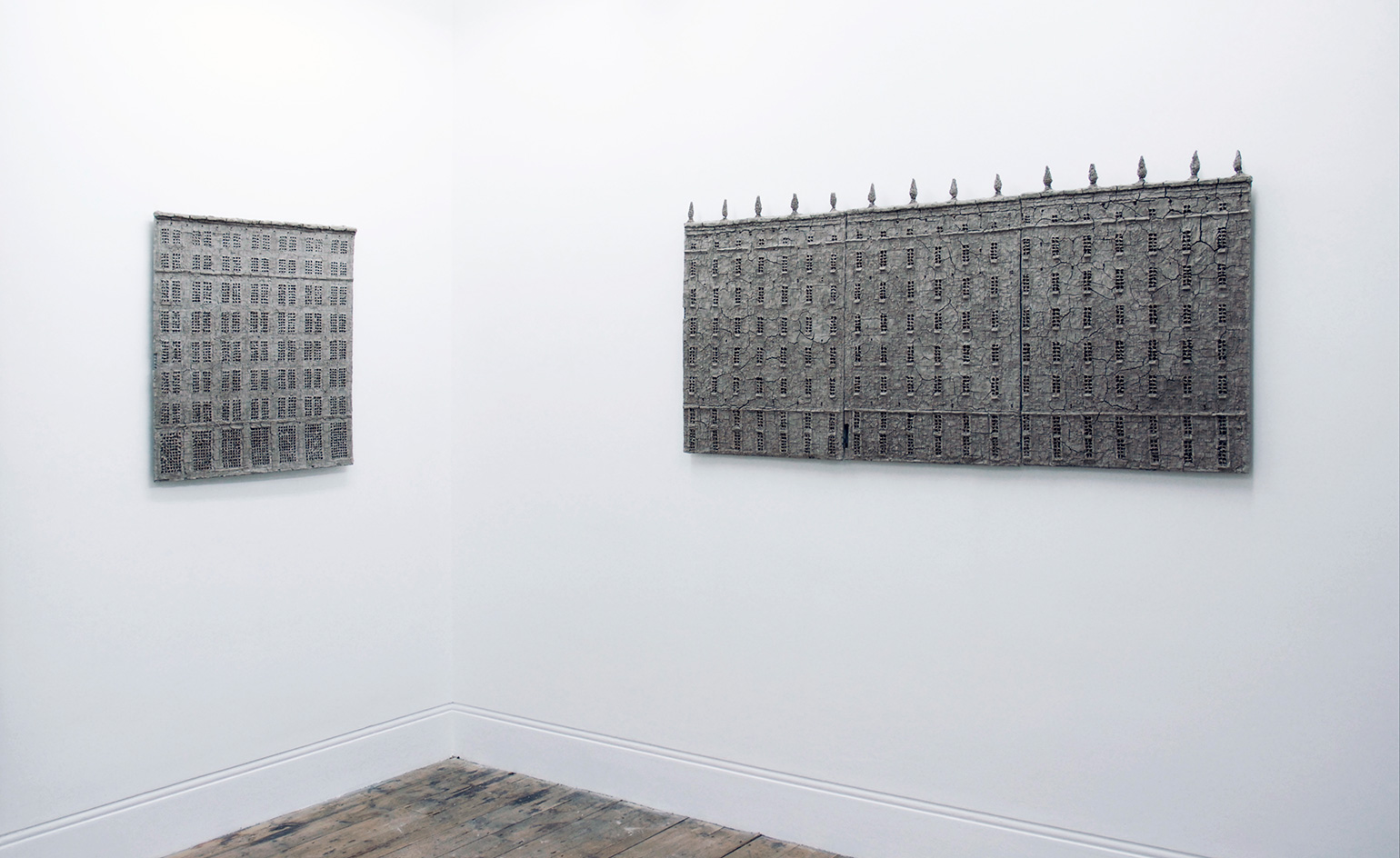
Unfired clay sculptures will be exhibited with new drawings by Russian architect Alexander Brodsky at Betts Projects in London. The works on display evoke his restrained style, showing the continuation of an interest in simple building materials and accessible tools.
For the hybrid craftsman, Brodsky’s work is driven by his interest in preserving traditional Russian building methods. His sculptures, made with unfired clay, reference local and low-cost materials and come in contrast to the steel and glass seen in new buildings in Moscow, which he rejects. The depictions of tall terraces with oblong windows and gabled roofs call for the preservation of historic Russian architecture.
Brodsky graduated from the Moscow Architecture Institute in 1978 and became known as a member of the Paper Architects, a dissenting group of graduates who rebelled against the monotony of standardised communist architecture. They chose to make paper models, instead of concrete monstrosities, to free them from state control.
In the 1980s, Brodsky began collaborating with fellow paper architect and friend Ilya Utkin, creating a series of etchings of their utopian worlds filled with historic architectural styles, from neoclassical to constructivist. After his success he moved to New York to pursue art and set his conceptual ideas free.
His drawings in pencil on tracing paper, which are shown here for the first time, bring his ideas and interest in the physicality of form together. Drawings of tools blur with bird’s eye views of buildings as the vocabulary of the artist and the architect blends. Taking an Arte Povera approach to Soviet design, Brodsky’s works call for a return to material and a considered approach to Russian architectural history.

His drawings in pencil on tracing paper, which are shown here for the first time, bring his ideas and interest in the physicality of form together. Pictured: Untitled, 2016.
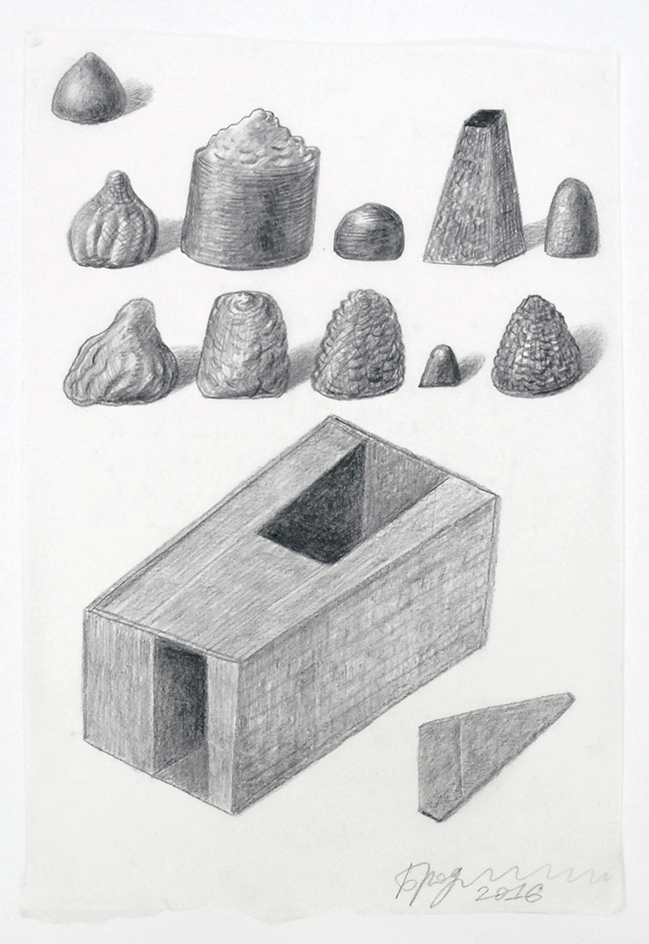
Untitled, 2016.
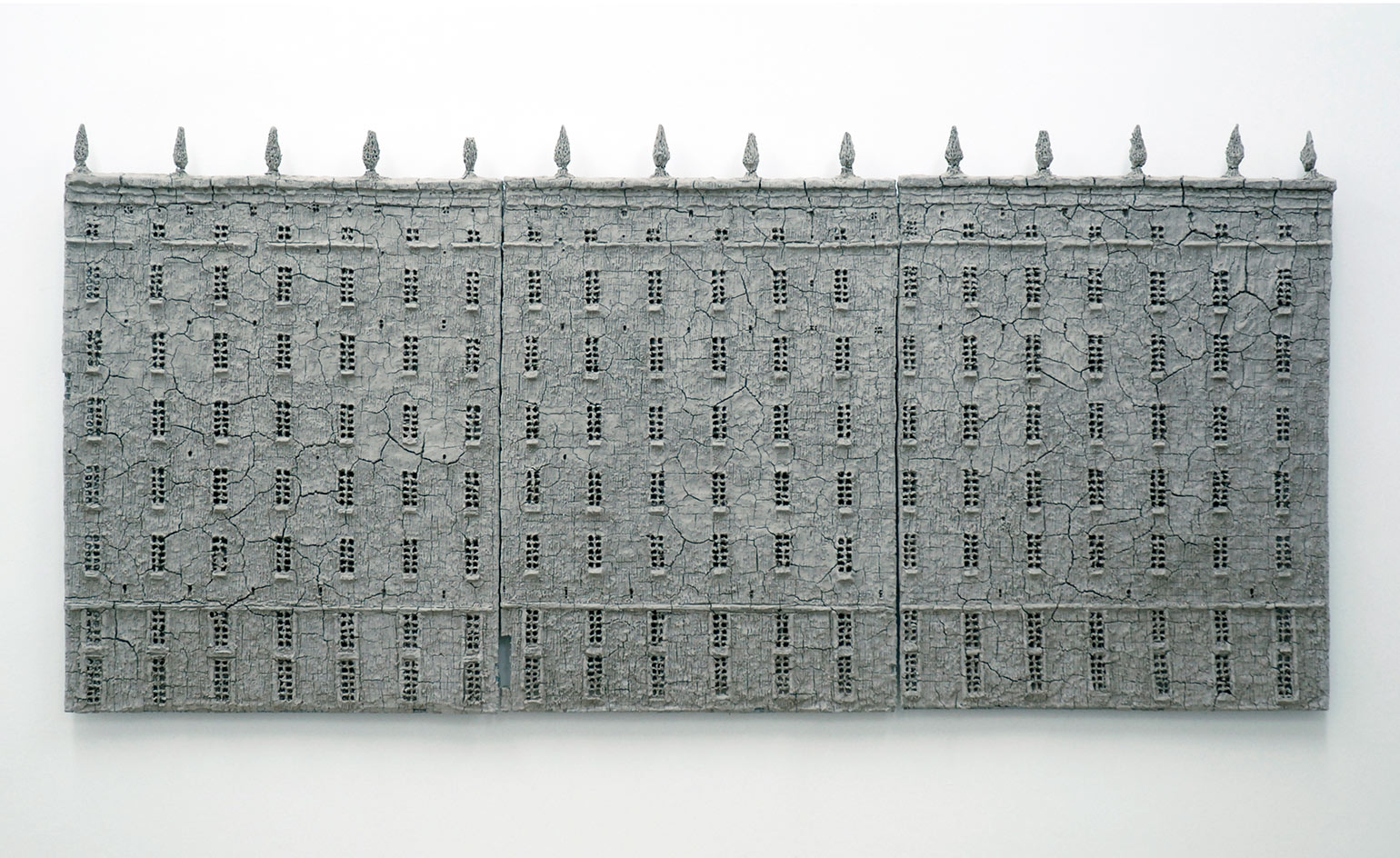
His sculptures, made with unfired clay, reference local and low-cost materials and come in contrast to the steel and glass seen in new buildings in Moscow, which he rejects. Pictured: Untitled, 2014.
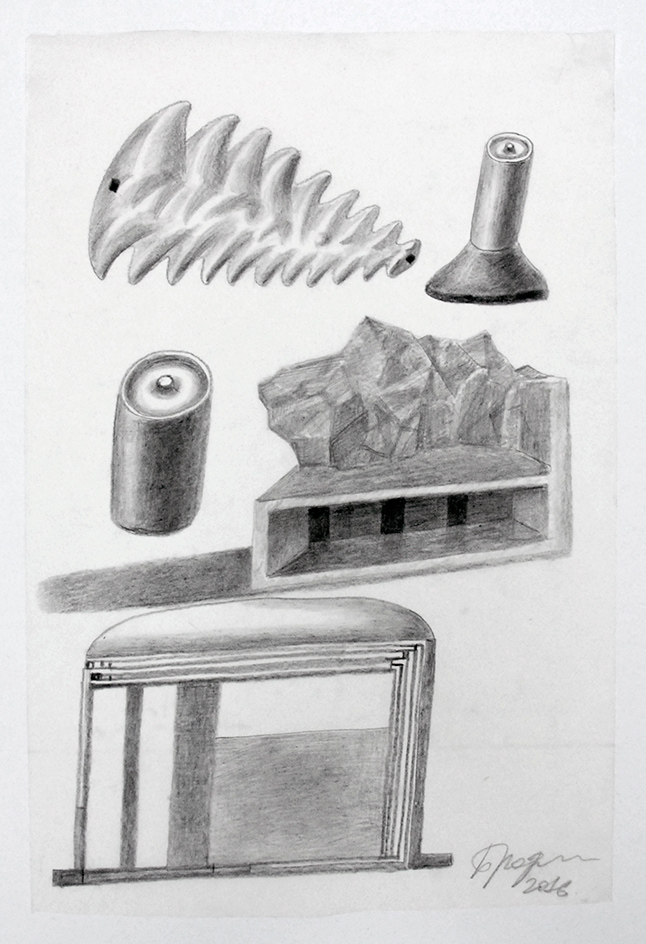
Untitled, 2016.

Untitled, 2016.
INFORMATION
‘Reliefs’ is on view until 20 November 2016. For more information, visit the Betts Project website
ADDRESS
Betts Project
100 Central Street
London EC1V 8AJ
Receive our daily digest of inspiration, escapism and design stories from around the world direct to your inbox.
Harriet Thorpe is a writer, journalist and editor covering architecture, design and culture, with particular interest in sustainability, 20th-century architecture and community. After studying History of Art at the School of Oriental and African Studies (SOAS) and Journalism at City University in London, she developed her interest in architecture working at Wallpaper* magazine and today contributes to Wallpaper*, The World of Interiors and Icon magazine, amongst other titles. She is author of The Sustainable City (2022, Hoxton Mini Press), a book about sustainable architecture in London, and the Modern Cambridge Map (2023, Blue Crow Media), a map of 20th-century architecture in Cambridge, the city where she grew up.
-
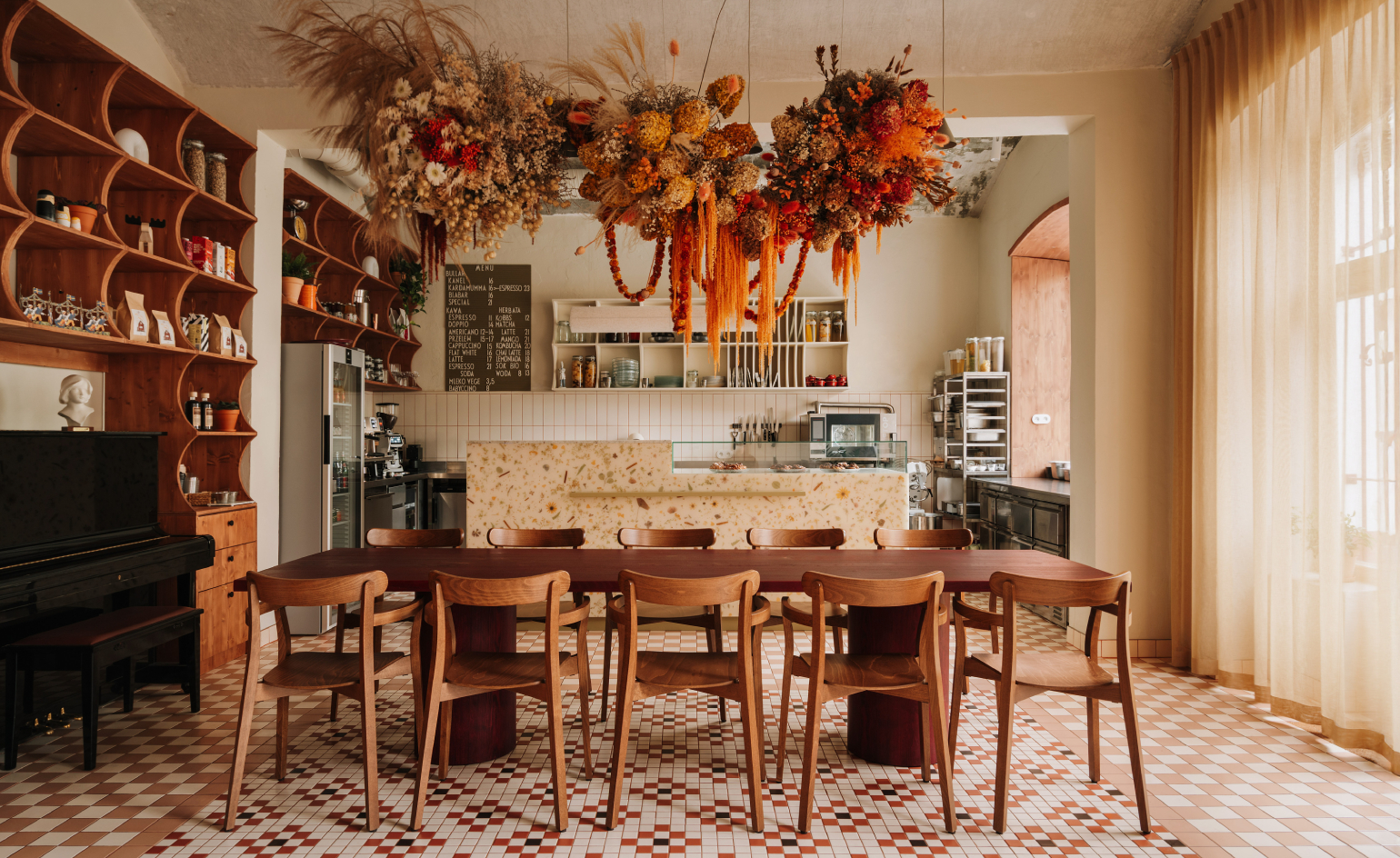 Homespun pleasures are the order of the day at this warm Kraków restaurant
Homespun pleasures are the order of the day at this warm Kraków restaurantLocated in the Kazimierz district, Dala Restaurang emerges as a space where homely character meets a love for nature and the simplicity of life
-
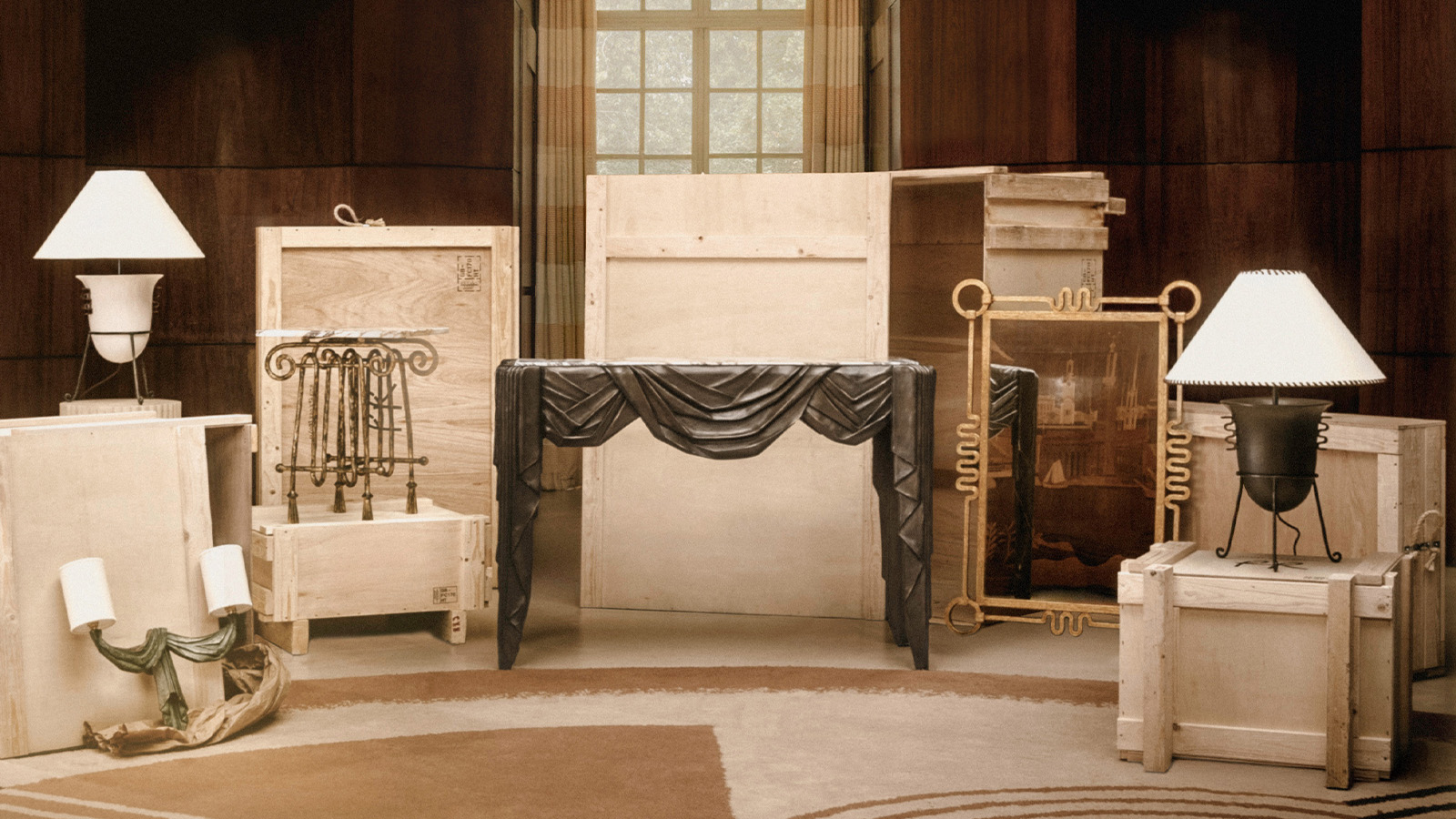 Gergei Erdei’s furniture collection with Porta Romana is inspired by treasured family heirlooms
Gergei Erdei’s furniture collection with Porta Romana is inspired by treasured family heirloomsWorking closely with the British furniture and lighting company, artist and designer Gergei Erdei drew inspiration from his grandmother’s jewellery box to create a furniture collection which has an air of antiqueness
-
 Frank Lloyd Wright’s Fountainhead will be opened to the public for the first time
Frank Lloyd Wright’s Fountainhead will be opened to the public for the first timeThe home, a defining example of the architect’s vision for American design, has been acquired by the Mississippi Museum of Art, which will open it to the public, giving visitors the chance to experience Frank Lloyd Wright’s genius firsthand
-
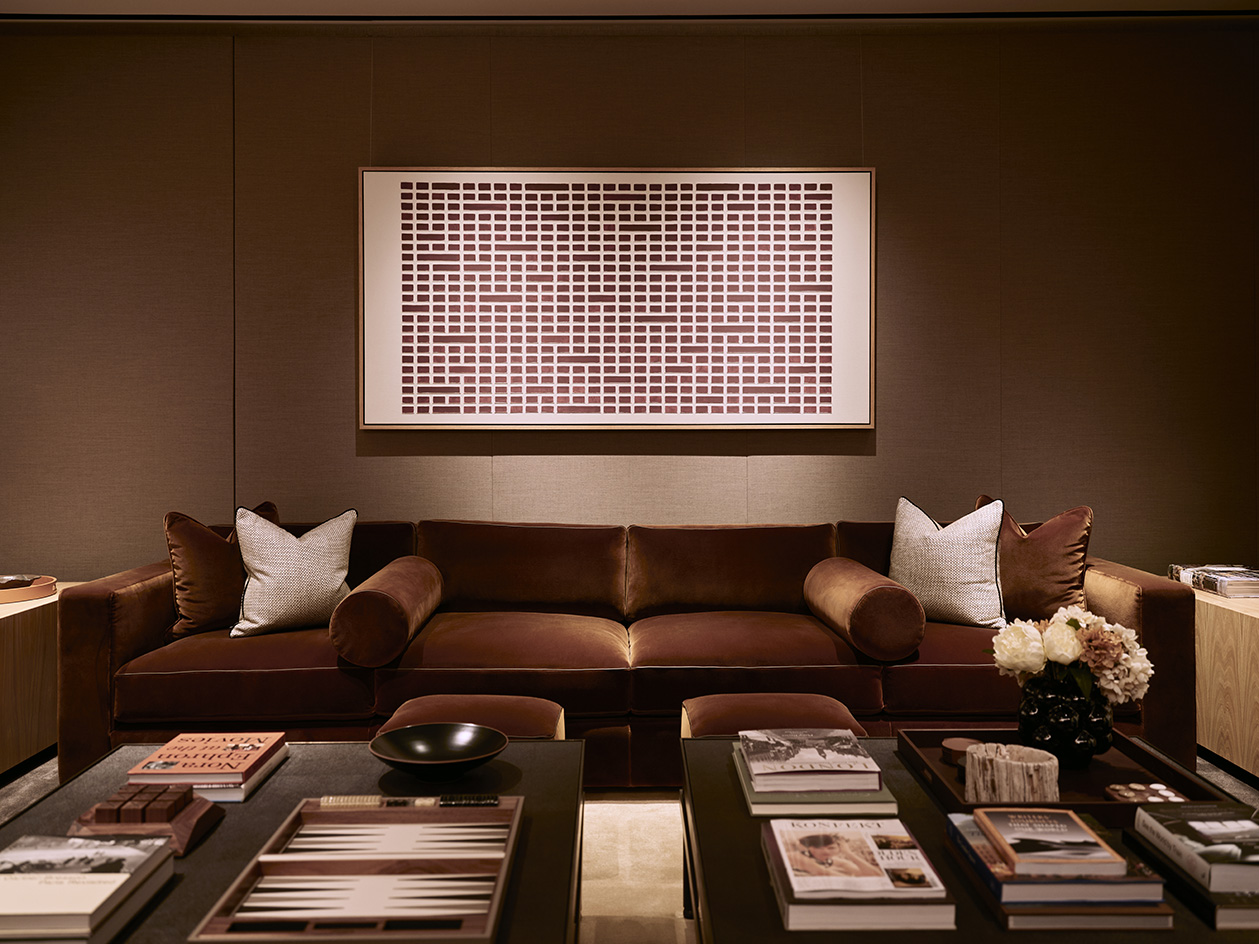 100 George Street is the new kid on the block in fashionable Marylebone
100 George Street is the new kid on the block in fashionable MaryleboneLondon's newest luxury apartment building brings together a sensitive exterior and thoughtful, 21st-century interiors
-
 Take a tour of Retrofit House, the live showcase inspiring sustainable homebuilding
Take a tour of Retrofit House, the live showcase inspiring sustainable homebuildingRetrofit House, a showcase for residential redesign using biomaterials and environmentally smart methods, opens in Birmingham, UK, spearheaded by Civic Square, Dark Matter Labs and Material Cultures; we paid it a visit
-
 How Maggie’s is redefining cancer care through gardens designed for healing, soothing and liberating
How Maggie’s is redefining cancer care through gardens designed for healing, soothing and liberatingCancer support charity Maggie’s has worked with some of garden design’s most celebrated figures; as it turns 30 next year, advancing upon its goal of ‘30 centres by 30’, we look at the integral role Maggie’s gardens play in nurturing and supporting its users
-
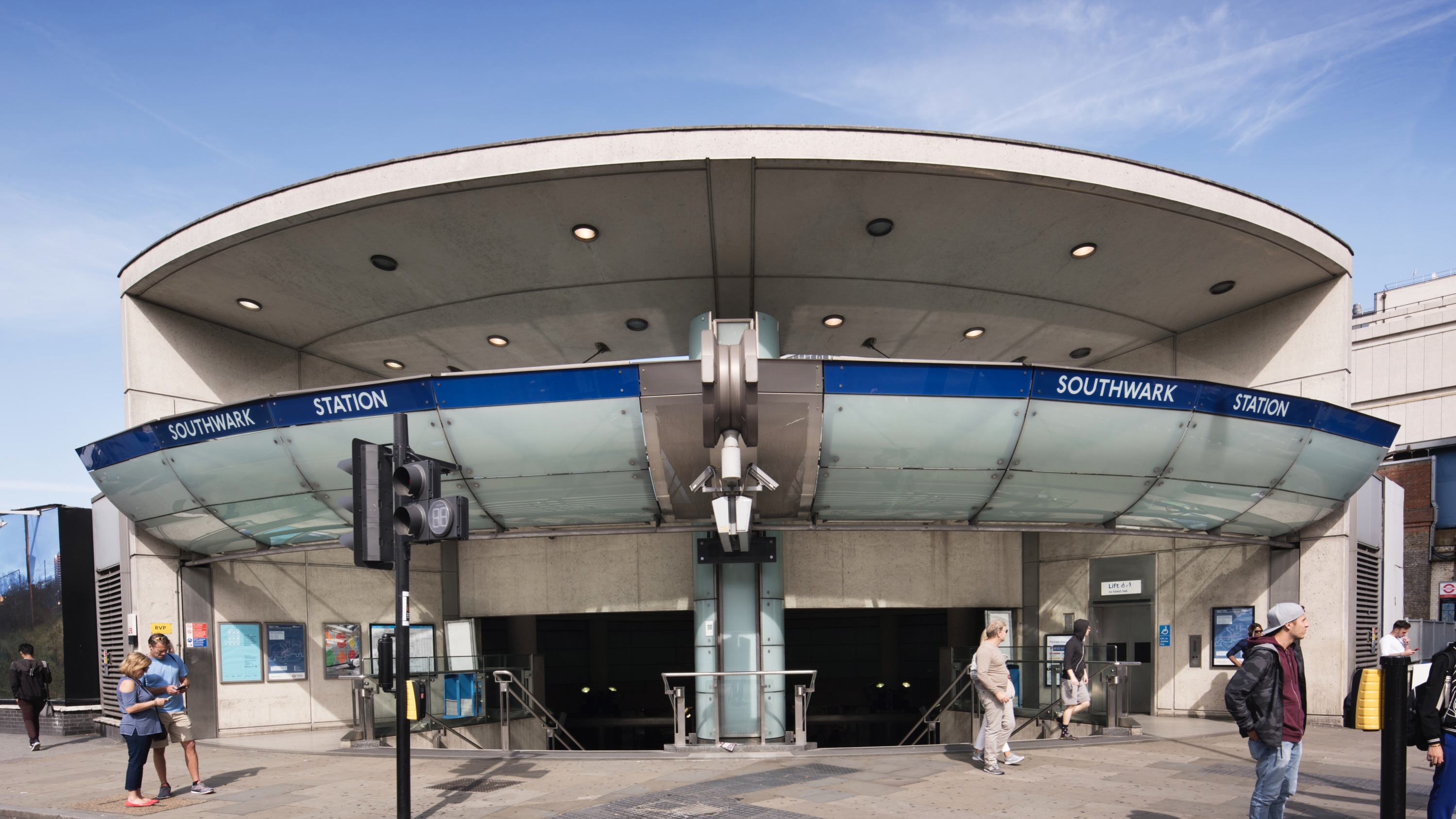 Futuristic-feeling Southwark Tube Station has been granted Grade II-listed status
Futuristic-feeling Southwark Tube Station has been granted Grade II-listed statusCelebrated as an iconic piece of late 20th-century design, the station has been added to England’s National Heritage List
-
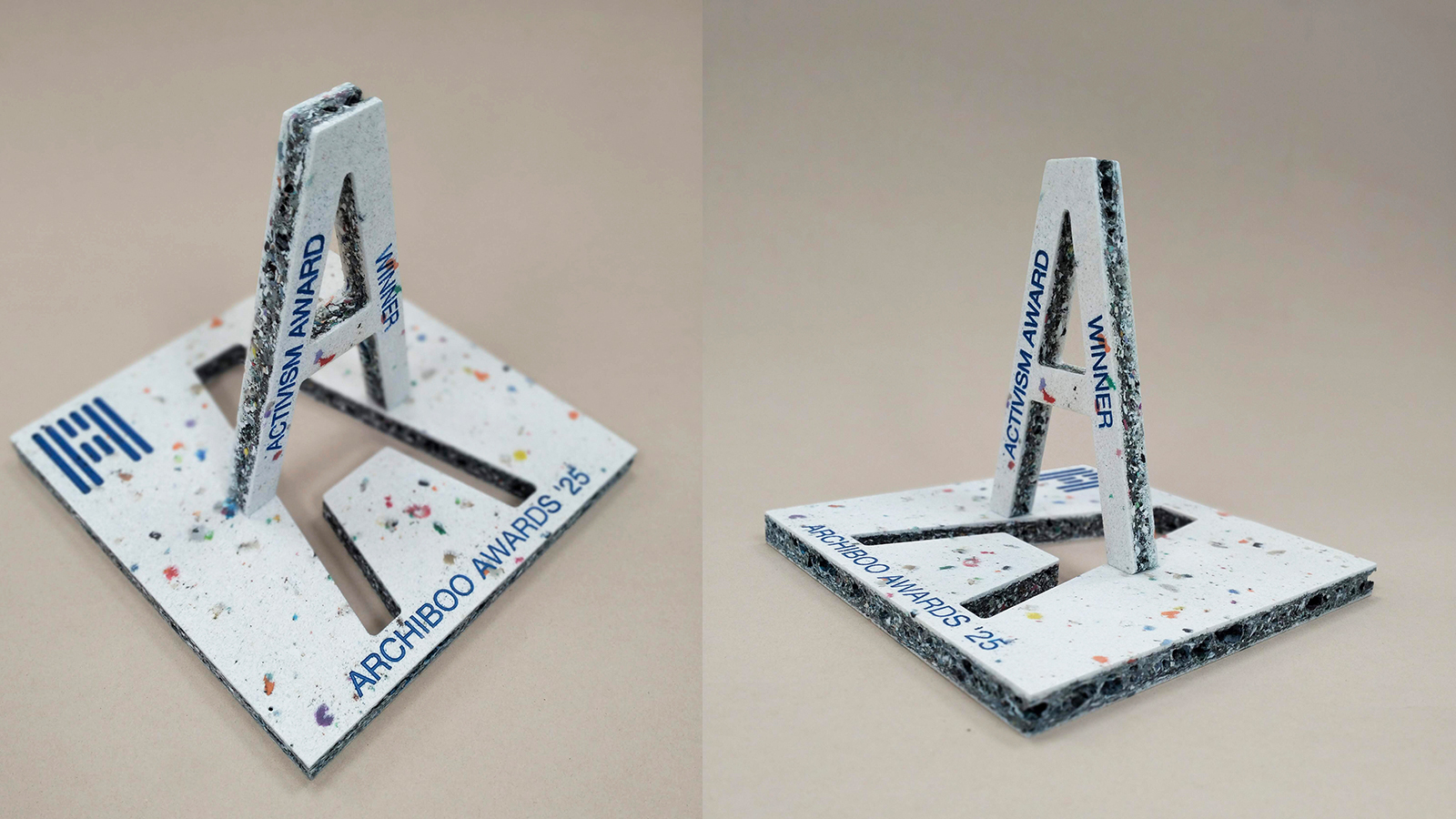 Archiboo Awards 2025 revealed, including prizes for architecture activism and use of AI
Archiboo Awards 2025 revealed, including prizes for architecture activism and use of AIArchiboo Awards 2025 are announced, highlighting Narrative Practice as winners of the Activism in architecture category this year, among several other accolades
-
 Backstage at the Old Vic is all about light, theatre and sustainable action
Backstage at the Old Vic is all about light, theatre and sustainable actionThe theatre's new creative hub by Haworth Tompkins has completed, bringing a distinctly contemporary and colourful addition to the popular theatre space in South London
-
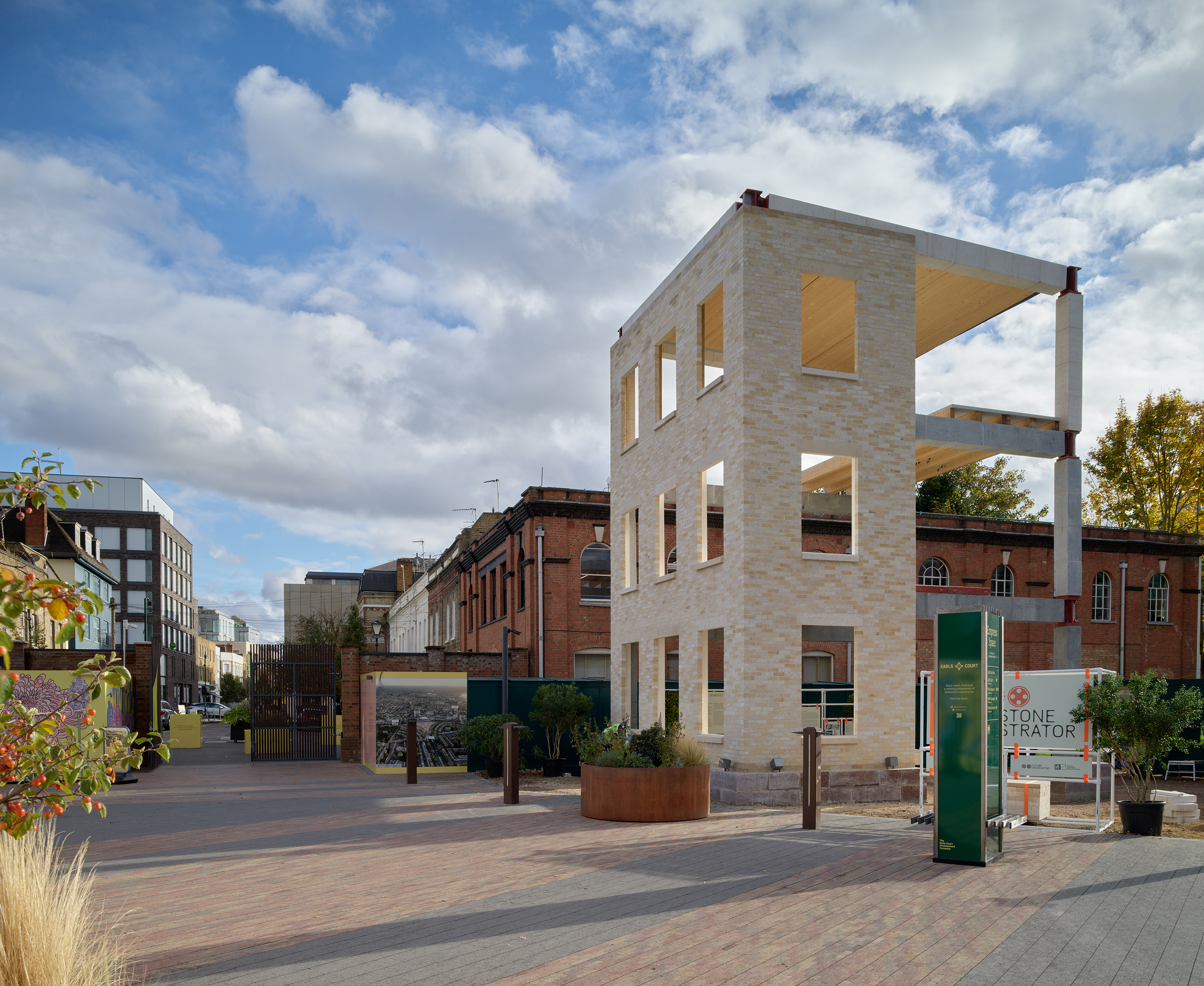 Tempted to try building with stone? This project will convince you of its merits
Tempted to try building with stone? This project will convince you of its meritsWelcome to the Future Observatory's The Stone Demonstrator, a project conceived to show off the material's strong points, now on display in West London
-
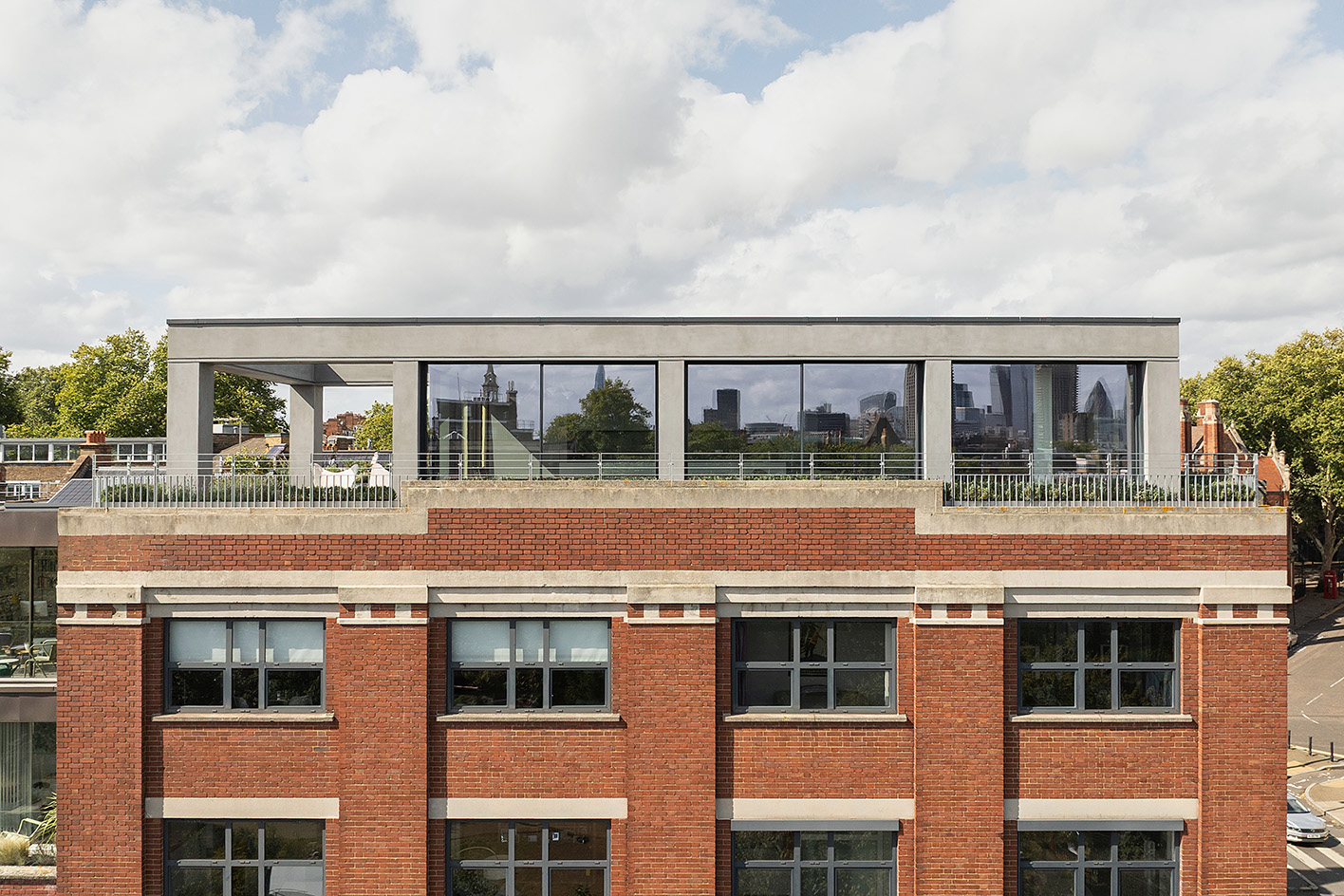 Step inside this Clerkenwell Rooftop, transformed into a minimalist urban abode
Step inside this Clerkenwell Rooftop, transformed into a minimalist urban abodeA Clerkenwell Rooftop has been transformed by Studio Felicity Bell into a minimalist modern home, featuring airy interiors and long views of London